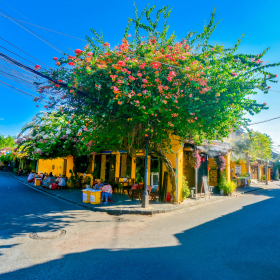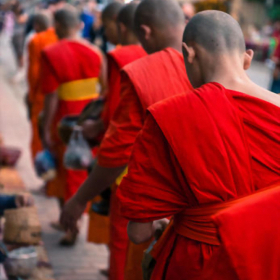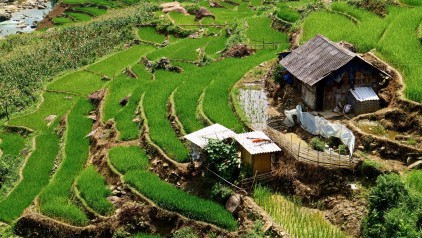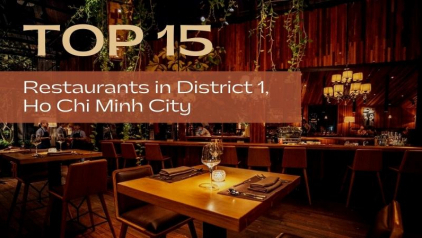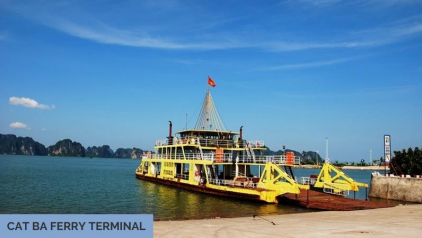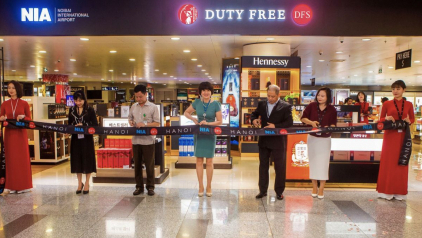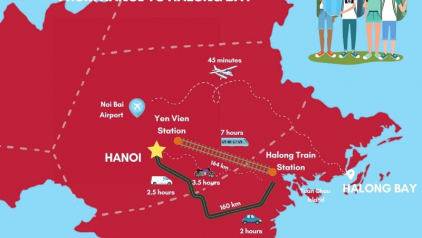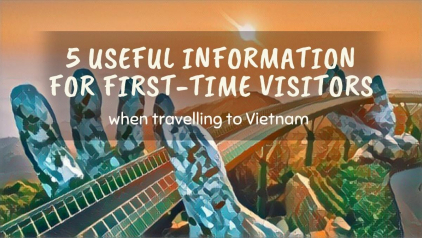BestPrice Travel Guide
Latest Articles
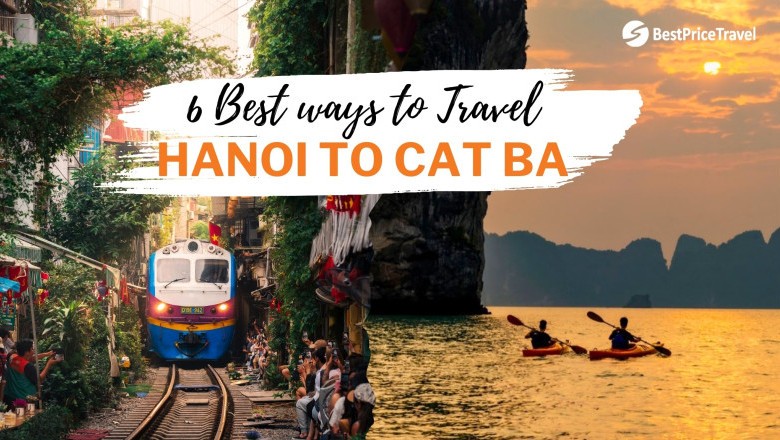
Experience
Hanoi to Cat Ba Island: 6 Best Ways to Transfer UPDATED 2026
December 17, 2025 - 31841 Views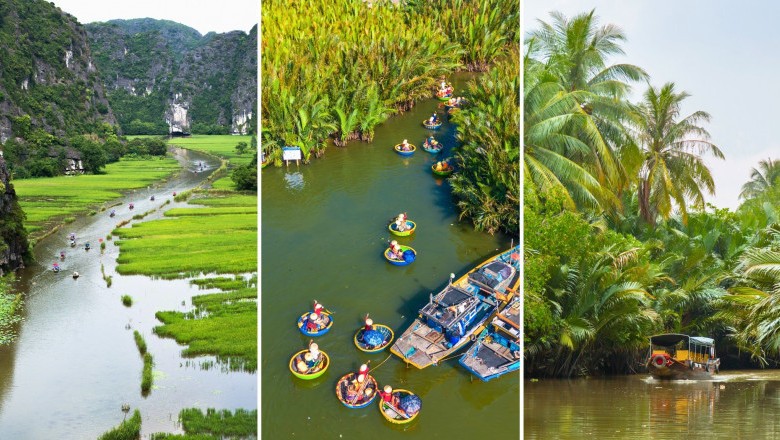
Experience
Vietnam Itinerary 7 Days: How to See the Best of North, Central & South
December 16, 2025 - 13191 Views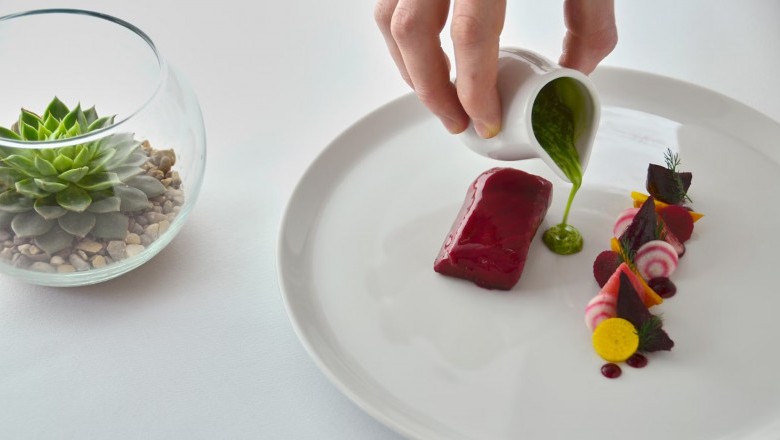
Experience
Top Hanoi Michelin Star Restaurants You Must Try in 2026: Where to Dine Like a Gourmet
December 10, 2025 - 2068 Views
Experience
Unlock up to $150 in Festive Savings with BestPrice Travel’s 2026 Holiday Season
December 09, 2025 - 328 Views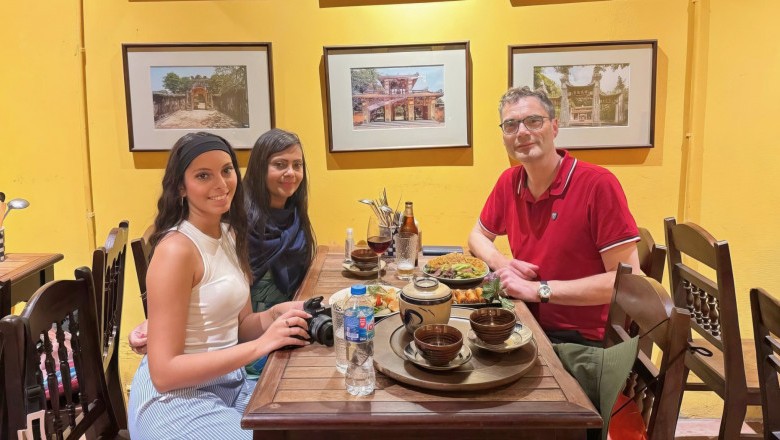
Experience
Top 20 Vietnamese Restaurants in Hanoi for Every Foodie
November 24, 2025 - 5674 ViewsVideos of the Month

About Halong Bay
July 16, 2020 - 2176 Views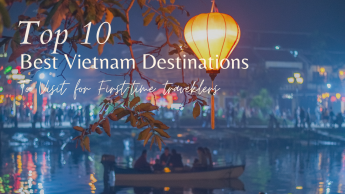
Top 10 Vietnam Destinations to Visit
November 30, -0001 - 4496 Views
Explore the Beauty of Mekong River Cruise 2023/24
August 08, 2023 - 3308 ViewsWorld's Greatest Cruise Along Mekong River
August 08, 2023 - 1315 ViewsMighty Mekong at Its Most Welcoming
August 08, 2023 - 220 ViewsTop Vietnam Destinations - Where to go?
Come to discover plenty of wonderful destinations where a perfect blend of the nature, culture, and cuisine gives you a valuable trip around Southeast Asia.
